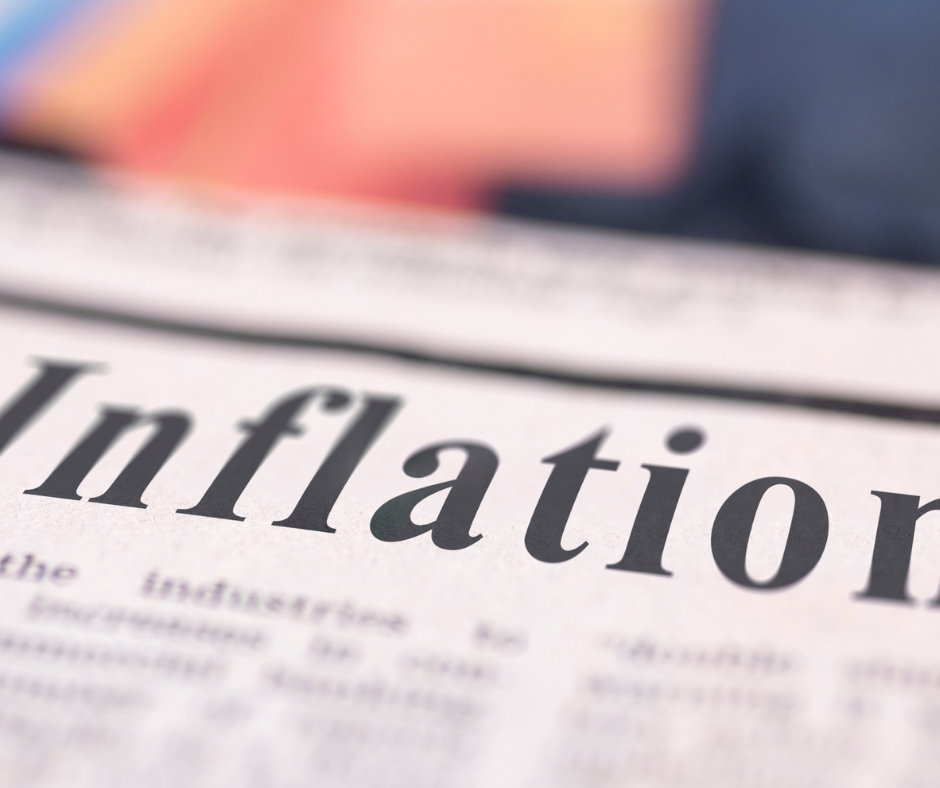The ABS announced Australia’s inflation rate has reached 7.3% and this highest level since 1990 may raise concerns over interest rates for commercial loans. Concerns which are well-founded as the Reserve Bank of Australia (
RBA) implements rate rises to address Australia’s soaring inflation. The release of the September Quarter CPI figures came a day after Treasurer Jim Chalmers handed down the October Budget and less than a week before the RBA Board is due to deliver its November cash rate decision.
With a large amount of data and economic information for business owners to absorb and process in relevance to their own operation, we provide a summary of the ABS announcement. Information including which sectors are contributing most to rising inflation and the possible outcomes for interest rates.
ABS CPI – September
The
Australian Bureau of Statistics published the CPI – inflation statistics, for the quarter ending 30 September on 26 October. The announcement reveals a 1.8% increase for the quarter and an annual rate of inflation at 7.3%. This is the highest since 1990.
Ms Michelle Marquardt from the ABS said the increase matched with the figures from the quarter ending 30 June but was less than the 2.1% increase recorded for the quarter ending 30 March. The results of these 3 quarters are all more than any other quarterly results since 2000 when the GST was implemented in Australia.
The key contributors to the latest rise are new homes, gas and furniture. Ms Marquardt noted that increased costs in labour as a result of construction industry labour shortages in addition to the supply issues with materials contributed to the increased new dwellings results. She also mentioned that the September quarter saw an easing the rate of the growth in prices for new dwellings when compared with June and March quarters.
The rise in wholesale gas prices which were then passed to the consumers was noted as the reason for the increase in gas pricing. The quarter saw a 3.2% increase in electricity which was offset in part by credits provided by WA, ACT and QLD government. Without these schemes, the ABS says electricity costs would have risen by 15.6%.
A 3.2% increase in food prices was recorded for the quarter. This was primarily from dining and takeaway which increased by 2.9%. The ABS notes higher transport, wages and ingredient costs as the reason for this increase. Fruit was up 6.6% and vegetables 2.9%.
Automotive fuel prices actually fell 4.3% for the quarter. The ABS said this reflects the fall in crude oil prices. Overall, the contributing factors to the increase in the CPI were: 20.7% new dwellings, 18% auto fuel.
In the housing sector, the September result represents 2 consecutive quarter of the strongest inflation since 1999 when reporting on these figures was started. As well as the increased costs contributing to the result, the lower amount of grants such as HomeBuilder also contributed when comparing with 2021.
Price rises for goods at 9.6% remain higher than for services at 4.1%.
Relevance for Interest Rates
The next decision on interest rates by the RBA (at time of writing) is Tuesday 1 November and these latest CPI figures may have a significant effect on that decision. At its October meeting the RBA Board noted an easing in the rate of cash rate rises was appropriate. After five consecutive months of 0.5% hikes, the October increase was 0.25%.
Many had seen this as an easing of the rate and hoped for another smaller, 0.25% rise for November and December. But on the back of the September quarter figures, the general outlook appears to be for another 0.5% rise in November.
In its monthly statements over the last few months, RBA Governor Philip Lowe had said that the Board’s forecast was for inflation to reach 7.75% in 2022. The September 7.3% result appears to see that forecast being on target. Following release of the ABS report, the Commonwealth Bank already announced a revising of its outlook to inflation to hit 8% this year.
Rate rise decisions by the RBA result in increases in interest rates in many lending areas including in business finance and commercial loans. But as individual lenders make rate decisions based on their own internal policies and guidelines, rates can vary significantly across the markets. Highlighting the necessity for business owners to be vigilant and diligent when sourcing new finance to ensure the
cheapest interest rate loans are achieved.
Even the smallest difference in the interest rate on a long-term, say 7 year loan for
new machinery or equipment, can result in a significantly higher total interest payable. A cost to be borne by the business and potentially impact profitability and cash flow.
With more rate rises sure to come this year, business owners can utilise our services to achieve better interest rates across all types of commercial finance.
For cheaper interest rates on business loans contact Business Finance Australia on 1300 000 033
DISCLAIMER: THE SPECIFIC PURPOSE IN PROVIDING THIS ARTICLE IS FOR GENERAL INFORMATION ONLY. IT IS NOT INTENDED AS THE SOLE SOURCE OF FINANCIAL INFORMATION ON WHICH TO MAKE BUSINESS FINANCE DECISIONS. BUSINESS OWNERS WHO REQUIRE ADVICE OR GUIDANCE AROUND THEIR SPECIFIC FINANCIAL CIRCUMSTANCES ARE RECOMMENDED TO CONSULT WITH AN ADVISOR OR ACCOUNTANT. NO LIABILITY IS ACCEPTED IN REGARD TO ANY MISREPRESENTATIONS OR ANY ERRORS RE ANY DATA, SPECIFICS, POLICIES AND OTHER INFORMATION AS SOURCED FROM OTHERS.



